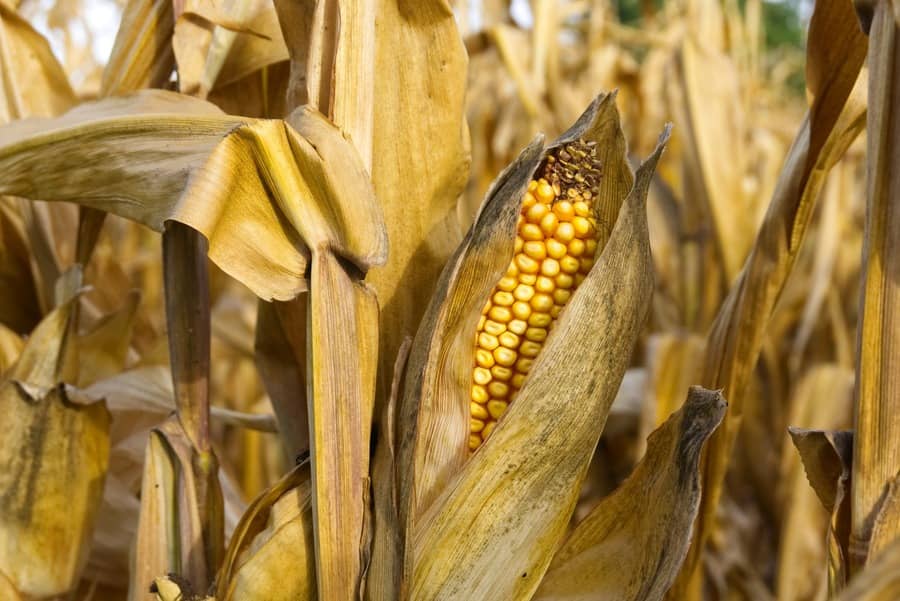Porto Alegre, May 11, 2021 – In a normal second crop situation, the concern of the domestic corn market from July would be the competition with exports and assessment of the export flow, but having an abundant supply in the second half of the year. The condition of Brazil’s 2021 second corn crop is serious, not only because of what has happened so far but the rain projections for the rest of May, which are still problematic and insufficient to provide security to the Brazilian market. Therefore, the picture changes with the worsening of the second crop conditions, and the competition is now a little bigger with exports because we will have to safeguard more domestic supply to meet domestic demand, not only in this second half but also for 2022.
Rains in early May continued regular in the Matopiba region, maintaining a good picture for the second crop in the region. In Brazil’s Midwest, the rain was only spotty. In Paraná and Paraguay, precipitation with 5 to 20 mm over the week was very beneficial for crops in early pod-filling, as well as in a part of southern São Paulo. Rain in the north of Mato Grosso do Sul and part of the southwest of Goiás also helped. We can say that the center-north and west of Mato Grosso are the locations that are dealing well with the second crop at the moment, as well as the northeast of the state. It is the south of the state that shows a more complicated situation at this moment and with more evident losses.
Now, in other regions, the situation is very difficult. As we have reported, there are chances that in several locations between the border with Paraguay and Minas Gerais we will have crops with losses of 100% being simply abandoned or replaced by other winter options, such as wheat in regions of Paraná, São Paulo, and Mato Grosso do Sul. Unfortunately, the lack of rain at this stage of the crop is decisive for losses.
The domestic market was waiting for this second crop environment to establish the second semester’s commercialization. Some traders on the BM&F bet on pressures from the harvest in March, the market went up. They bet on highs in May, and the market hit record prices. Now, there are those who hope that, even with the second crop planted in March, the harvest pace will be strong in July. What we will possibly have is a new increase in prices until August.
The support of this scenario is that the delayed planting already limits the early corn supply in June and July. It is not a matter of not having any harvest. It is a matter of not having a harvest to serve the entire market. Large consumers are now positioning themselves for June and July, some advancing in August, with volumes offered by trading companies and resellers with origination from Mato Grosso. This means that part of the shipments scheduled for export for these months is being brought back to the domestic market. However, prices are not low. Business from BRL 100 to 105 CIF plus ICMS in the south for August/September. In other words, aligned with import costs.
The washout alternative is the best for Brazil at the moment. We can only supply ourselves with the volumes we would export. However, for that, the domestic market needs to maintain prices above port levels to make operations feasible, otherwise trading companies will prefer to export than to sell to the domestic market. Therefore, until August we will have the possibility of seeing prices in some markets at levels higher than the current ones, despite the already high domestic prices. This is because the most significant harvests available to consumers will only appear in August and, until then, the entire domestic market needs to be supplied with whatever is available.
Agência SAFRAS Latam
Copyright 2021 – Grupo CMA

